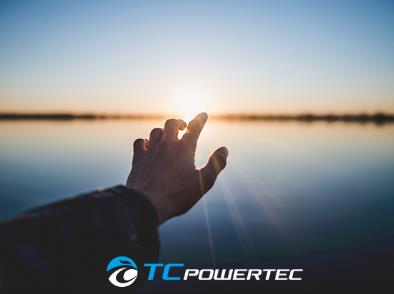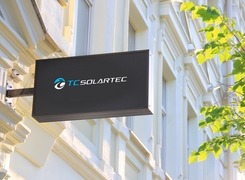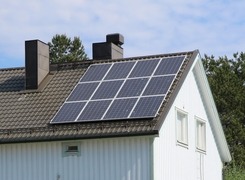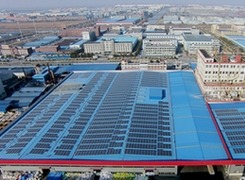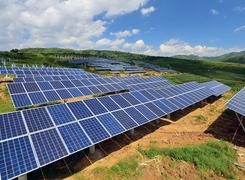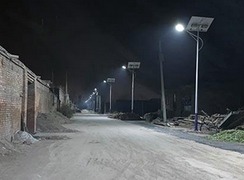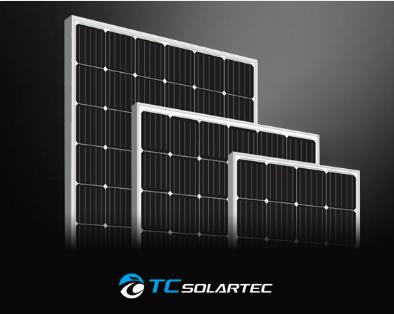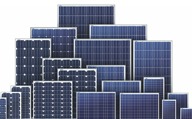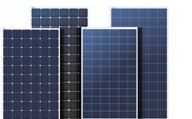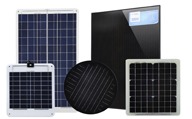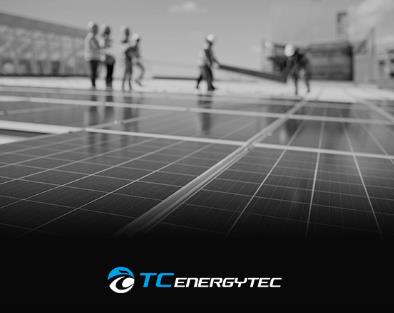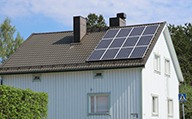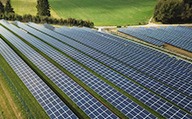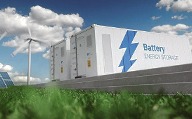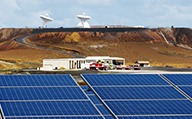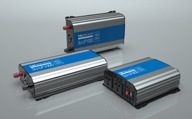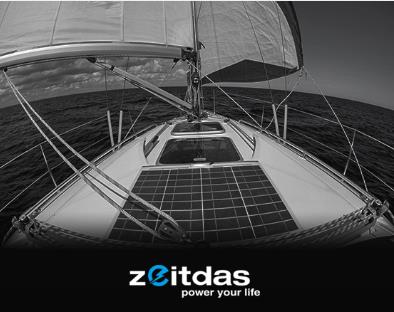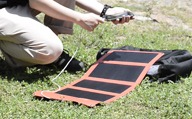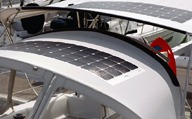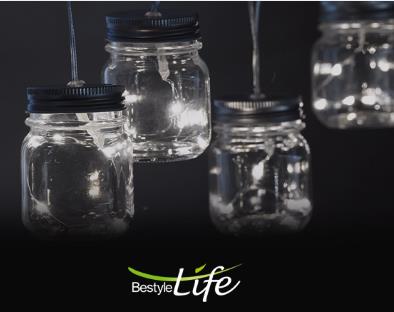kW: kilowatt, or 1000 watts. This is a measure of power.
kWh: kilowatt hour. This is a measure of energy. For example if you use a 1kW electric device for 1 hour, it will consume 1kW/h of electricity.
PV: PV just means photovoltaic, which is the technology that enables sunlight to be turned into electricity. All solar power systems available in Australia are PV.
The difference between different solar panels: solar panels are categorised based on the amount of PV ‘cells’. Residential solar panels will often have 60 cell panels, whereas larger commercial operations will often have larger and more powerful 72 cell panels.
Each solar power system is rated based on the maximum amount of watts it can produce each hour. This is determined by the number and type of panels. For example a system with 12 x 260 Watt panels would be a 3.12kW system (or 3120 Watts).
When dust and dirt covering at the surface of solar modules can be cleaned with a soft brush,then use a damp cloth to wipe the surface of solar modules,to remove the remaining dust and dirt.Recommend any guano,adhesive should be removed as soon as possible from the surface of solar modules, so as not to affect performance.
Any solar power system above 10kW (for context; 6kW is around 20 panels).
There are three categories of commercial systems:
Less than 30 kW: same hardware required as residential systems and same rules when it comes to connecting to the grid. Subsidies will be delivered through STC program.
For context; a 30kW system will generate 120 kW electricity per day.
30-100 kW: special system required to connect to grid and special permission needed from your local electricity network. A commercial system specialist will be required. Subsidies will be delivered through STC program.
Over 100 kW: as above, a commercial specialist will be required. Over 100kW STCs are not offered, instead subsidies will be delivered through LGC, Large-scale Generation Certificate.
Not exactly.Firstly,solar sensor lights need to be taken carefully to avoid accidents caused by falling.Secondly,avoid installing in the drain outlet and nearby, so as not to cause the light to enter the water due to the impact of water pressure, resulting in damage to the light.
Daily maintenance is not required.When you find the brightness of the sensor lamp is obviously darkened,or the sun is shining for 2 days the brightness is not yet improved. First check the surface of the solar panel for dust, Wipe the dust with a cloth and then place the solar panel at the sun for two days. If the brightness has not increased, contact your local dealer.
The best location is height 2~3.5 meters,in this way,the brightness is better than other place.
Yes.all of our solar sensor lights are waterproof class IP65,that means they can resist rainwater,but it’s not allowed to soak,it may cause damage to the device.
Yes,but after it is discharged,It’s better to recharge the battery full under sunshine,then you can get the best status to use the solar motion light.
Designed life> 3 years.Warranty:1 year.
In the case of no problem with other components,the battery can be used after replacement.
Inverters are necessary for solar power systems. They convert the DC output of solar panels into AC power which can be fed into the grid and home.
There are three options for inverters appropriate for a commercial solar power system:
Microinverters and optimisers: small inverters attached to each solar panel. They are more expensive but offer performance and safety benefits.
String inverters: are connected to a string of solar panels, usually these will be located between the panels and the switchboard.
Large central inverters: one large inverter which services the whole system. Can be very large and therefore difficult to manoeuvre. Present a risk as one failure may cripple entire system.

